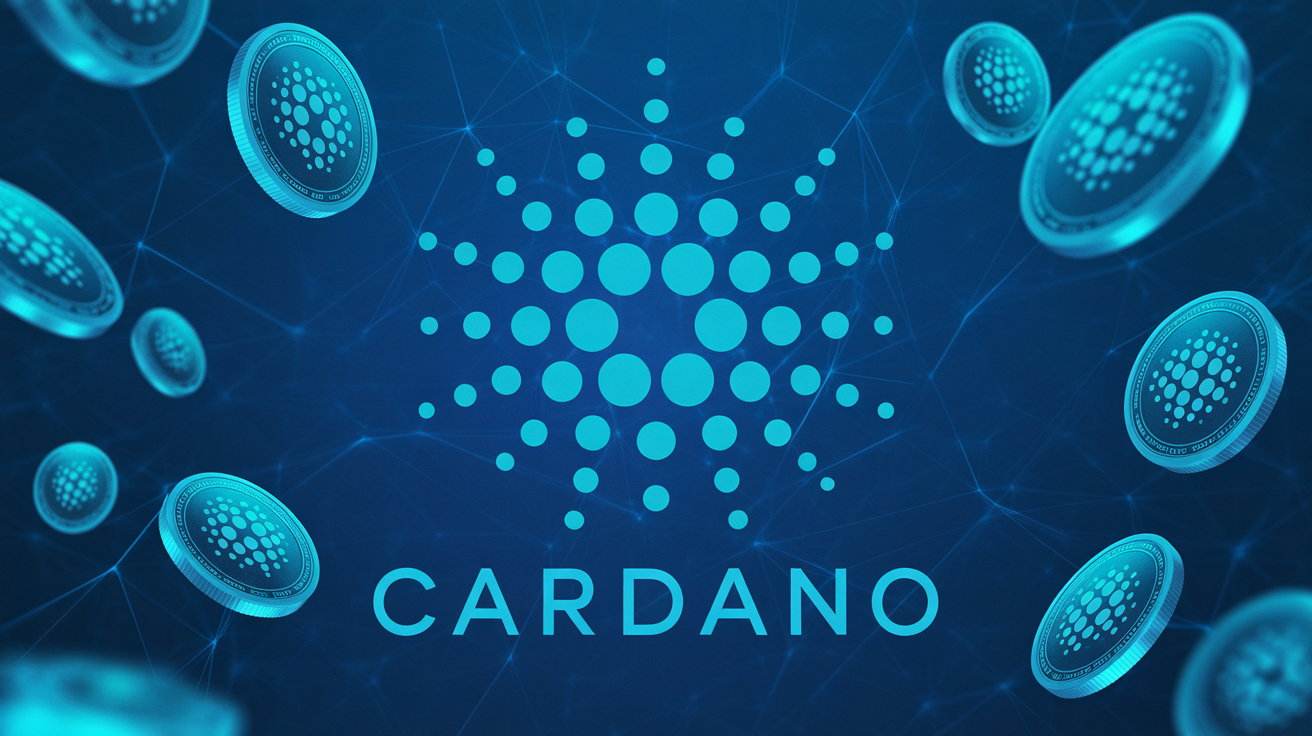
U.S. Stablecoin Growth Slowed by Lack of Regulations, S&P Says
Institutional adoption of stablecoins in the U.S. remains limited due to regulatory uncertainty, but this could change once a clear framework is established, according to a new report from S&P Global Ratings.
“The absence of a regulatory framework is a major barrier to stablecoin adoption in the U.S. and has hindered broader institutional use,” wrote analysts led by Mohamed Damak in the report released Wednesday.
Stablecoins, which are digital assets pegged to fiat currencies like the U.S. dollar or gold, are widely used in crypto markets and cross-border payments. However, without proper oversight, their adoption among financial institutions remains sluggish.
Regulation is on the horizon. The Senate’s GENIUS Act proposes federal oversight for stablecoins with a market capitalization exceeding $10 billion, while the House’s STABLE Act suggests state-level regulation with fewer federal requirements.
S&P anticipates that regulated stablecoins will gain traction once policies are in place, potentially reshaping the market by encouraging users to migrate from unregulated alternatives.
“Stablecoins will become increasingly vital for on-chain transactions, offering users protection against monetary instability in certain economies,” the report stated.
Meanwhile, JPMorgan (JPM) has cautioned that Tether (USDT), the market’s dominant stablecoin, could face regulatory hurdles under upcoming U.S. policies, potentially shifting the competitive landscape.






















